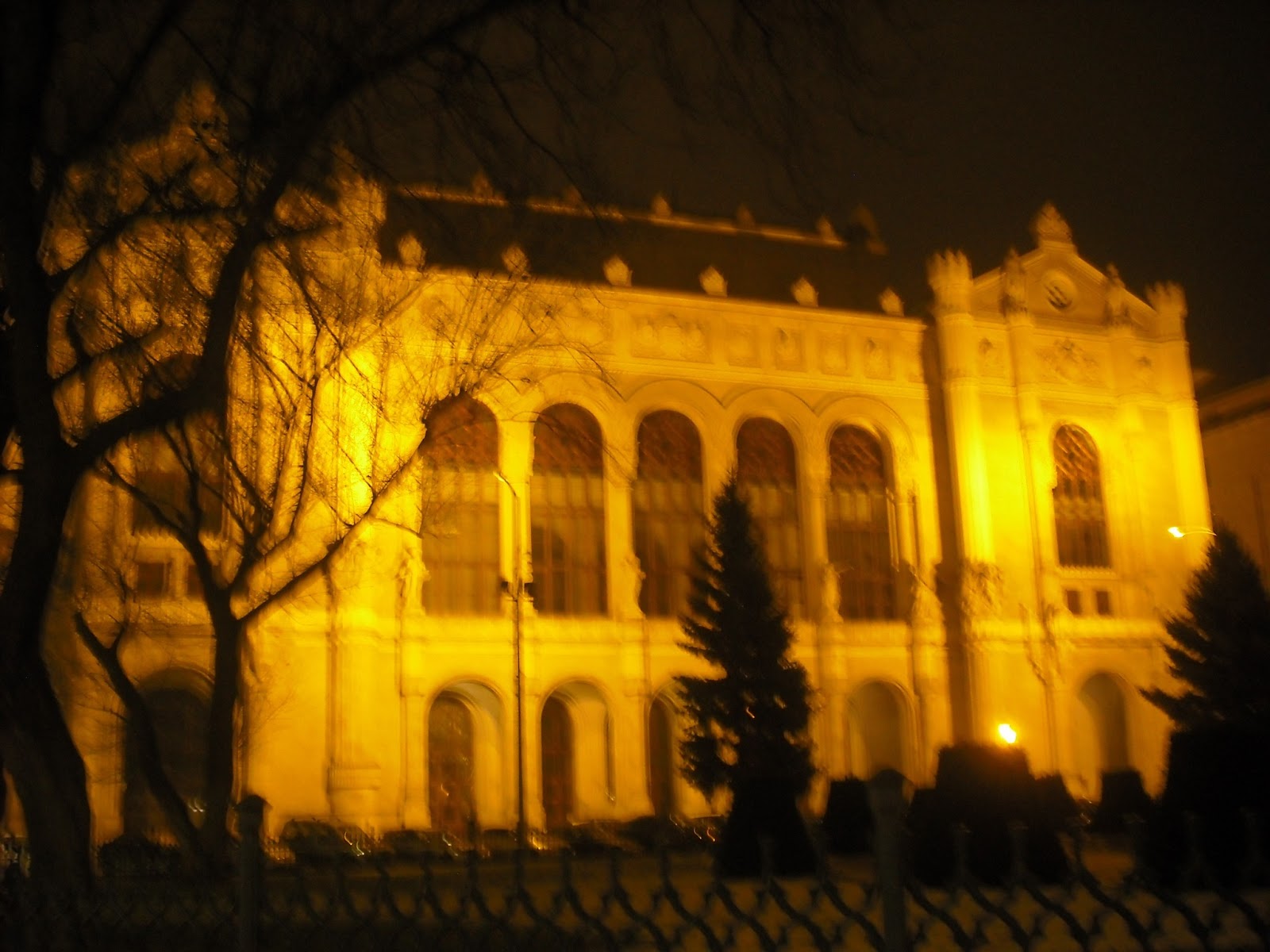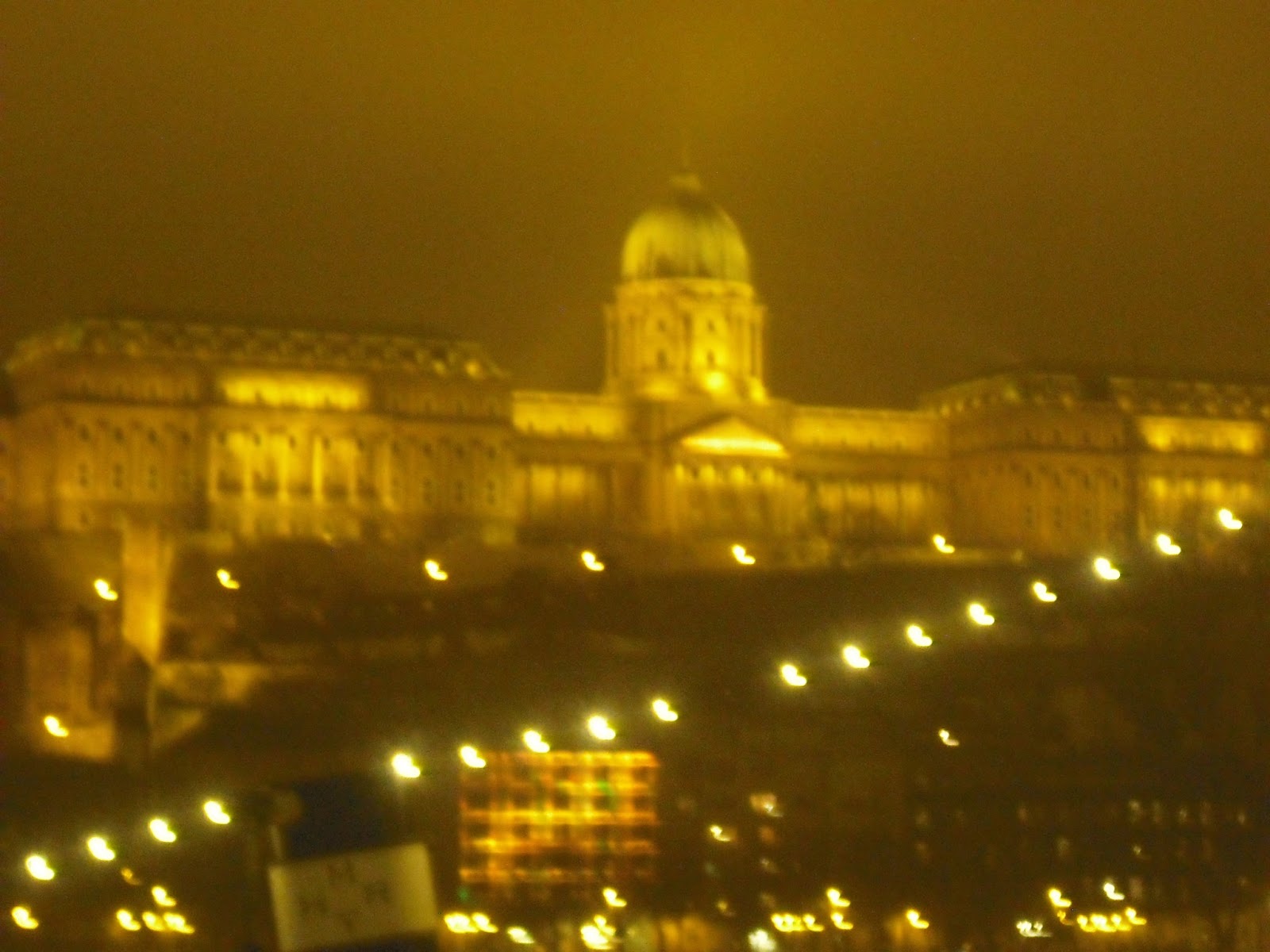10 Unexpected Lessons of a Semester Abroad
- How to operate a variety of toilets. (I still haven't found a squat toilet or a self-cleaning toilet, but I have found a variety of flushing mechanisms).
- How to use 10 words and miming to communicate almost anything
- What to do when you're on a train and an announcement is made in Hungarian, and then everyone looks very concerned at hurries to exit the train. (Exit the train, since everyone else is. Watch as an inspector look in every carriage, and then the train drives off. Wait for the next train. I still have no idea what it was about.).
- How to pay rent in cash and handle hand-written receipts of your monthly payment.
- The many types of fur coats and fur hats.
- How to operate gas appliances, like heaters, water heaters, ovens, and stoves. (Extra credit for having to light them yourself.)
- How to grocery shop using pictures of food. (There's a cow on the carton? Good chance that it's milk!)
- 50 years of train and tram styles.
- How to look like a European by cultivating a non-smiling slightly bored expression in public.
- How wonderful Mexican food is in L.A.













































.JPG)
.JPG)